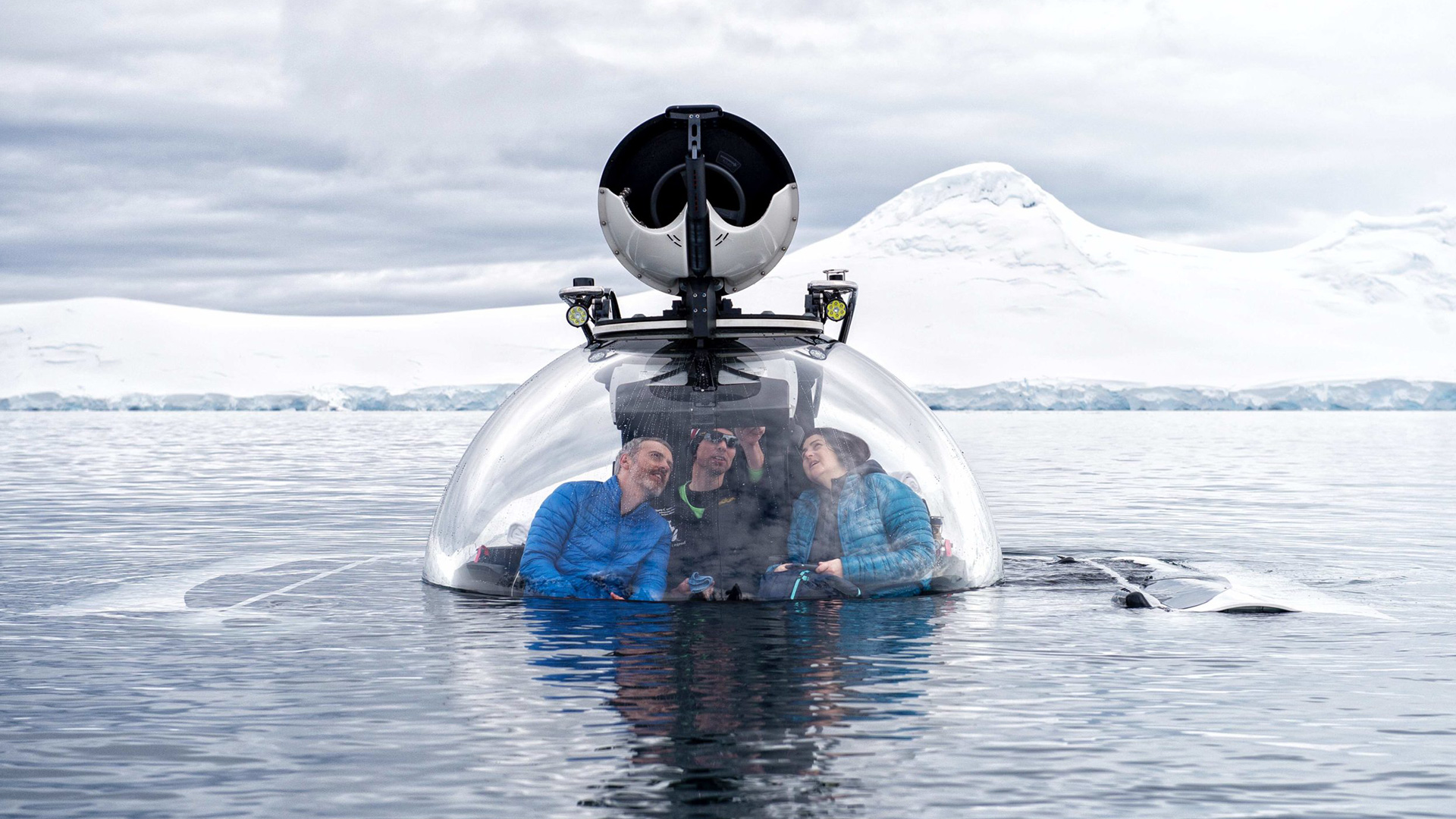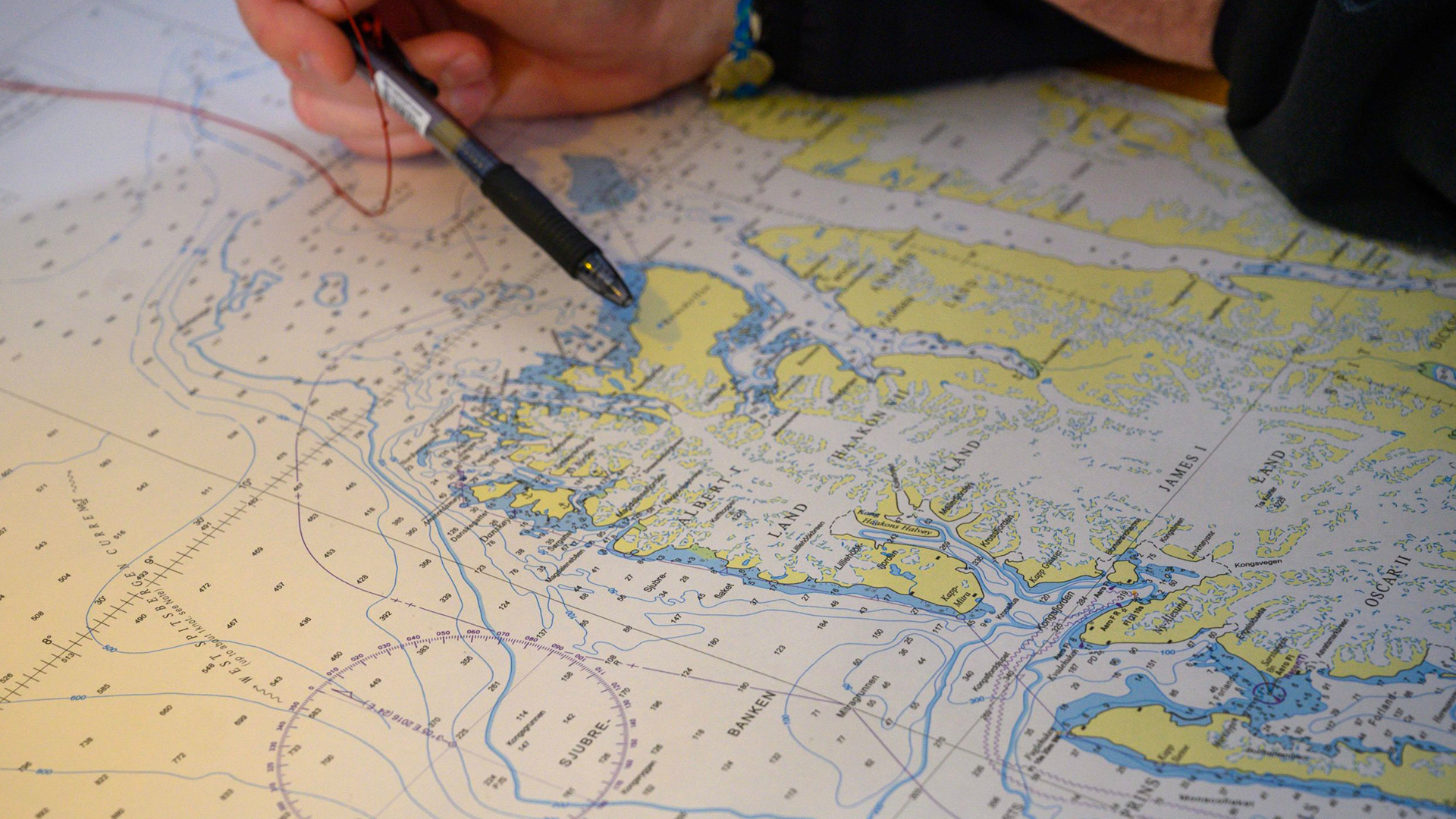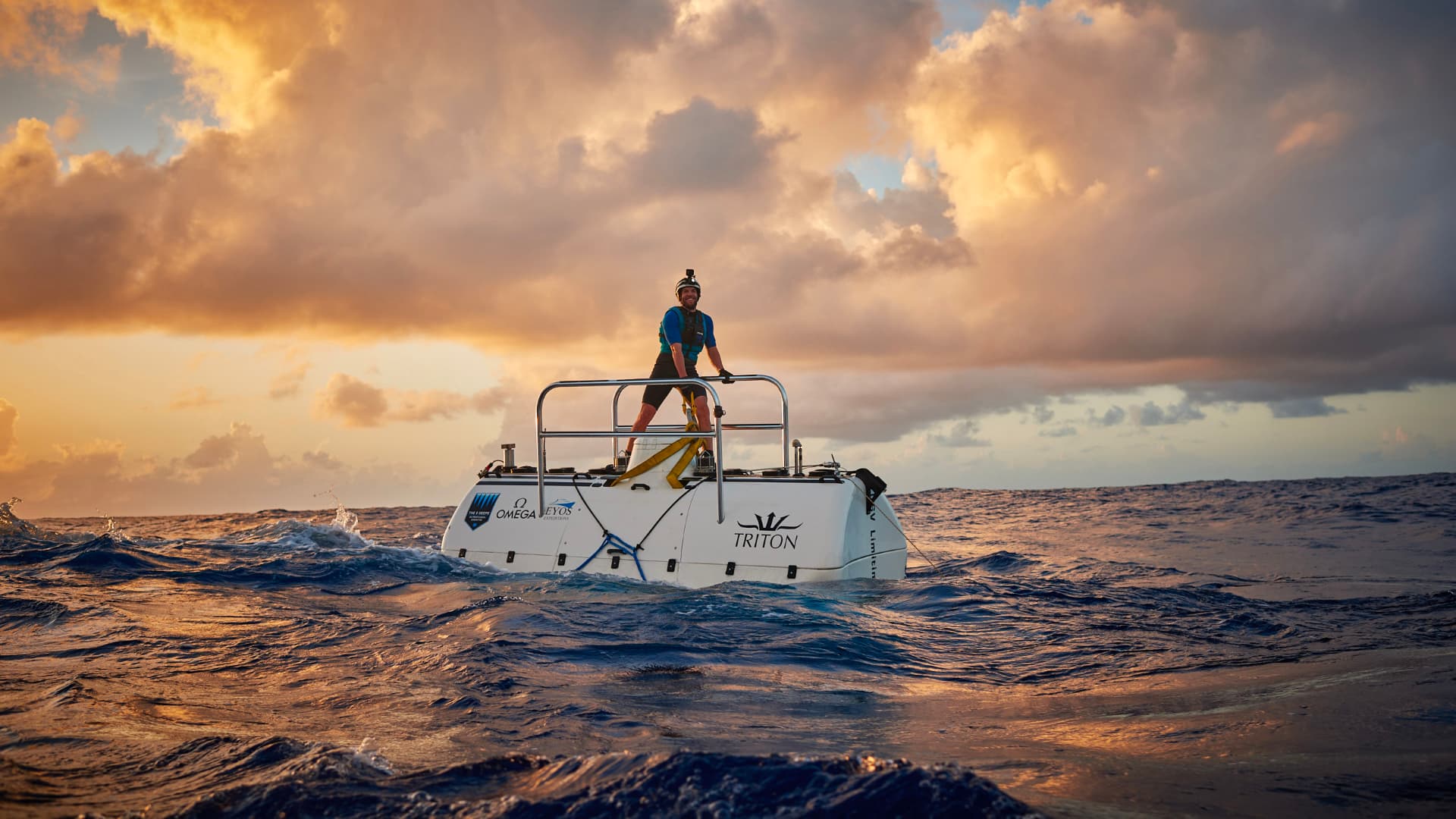In this ongoing series, we look into some of the special projects that EYOS has supported over the years through expertise in marine logistics and operations. This week, we visit the South Shetland Islands near the Antarctic Peninsula, where EYOS has spent two years assisting NOAA in their largest undertaking ever in the region: rebuilding the program’s field camp research station at Cape Shirreff.
On Livingston Island in Antarctica’s South Shetland Island chain, you’ll find the expected: colonies of gentoo penguins, icebergs drifting in the tempestuous waters of the Southern Ocean, and the myriad of seabirds and marine mammals that call the White Continent home. But you’ll also find some of the unexpected, like beautifully designed, Scandinavian-inspired structures housing researchers from around the world. This is NOAA’s Cape Shirreff field station and the latest success in EYOS’s long list of projects that rely on deep logistical and operational field expertise in the world’s remote environments.

NOAA’s Cape Shirreff field station is located on the southeast corner of Livingston Island, 65 nautical miles north of the Antarctic Peninsula. Since 1996, Cape Shirreff has operated as a base for scientists who study the impacts of Antarctica’s largest fishery, the small shrimp-like krill.

Though the cape is one of the few non-glaciated parts of the island, it is still at the mercy of the wind and weather of the notorious Drake Passage. So, over the course of nearly 30 Antarctic winters, the original buildings of the station were badly damaged and no longer met the latest environmental requirements of the Antarctic Treaty. NOAA responded by investing $1.4 million and enlisting the collaborative help of EYOS, Bespoke Project Solutions, and, OZ Architecture to rebuild the station.

EYOS was responsible for transporting and delivering materials to the site. For several days of coordinated efforts, EYOS helped teams bring everything ashore with Zodiacs. In all, the teams transported over 50,000 pounds of science, sustenance, and construction materials in 178 full Zodiac loads through some of the most challenging conditions anywhere in the world. “To give a small idea of the project’s magnitude, imagine that within seven hours we had transported 40 Zodiac loads of materials, equipment, food and personnel from the ship to shore,” writes EYOS’s Director of Expedition Operations and Program Development, Brandon Harvey.

The result of the work is two brand-new buildings. One for work, cooking, and lounging, another as the residential building for a total of 8 people, both built to the requirements of the harsh Antarctic environment and high standards of Antarctic Treaty environmental regulations. Electricity is provided by a solar array installed on the roofs, the exterior walls are stainless steel, and the walls, floors, and ceilings are extra thick and filled with environmentally sound insulation. Overall, the new buildings deliver added comfort and space for the researchers.

The new structures will allow the oceanographic program to continue its critical work in the region. Teams there use autonomous underwater gliders to estimate the amount of krill around the islands each year. Despite their unassuming size, krill are at the center of the Antarctic ecosystem and research on the tiny crustacean provides insight into the population dynamics of everything from penguins to leopard seals to killer whales. Scientists use these data to set annual catch limits for the krill fishery that are intended to leave enough krill around the islands for the animals that feed on them, ensuring balance and avoiding overexploitation.

Just another example of how EYOS’s unique blend of collaboration and expertise is enabling science and conservation at the ends of the earth.



